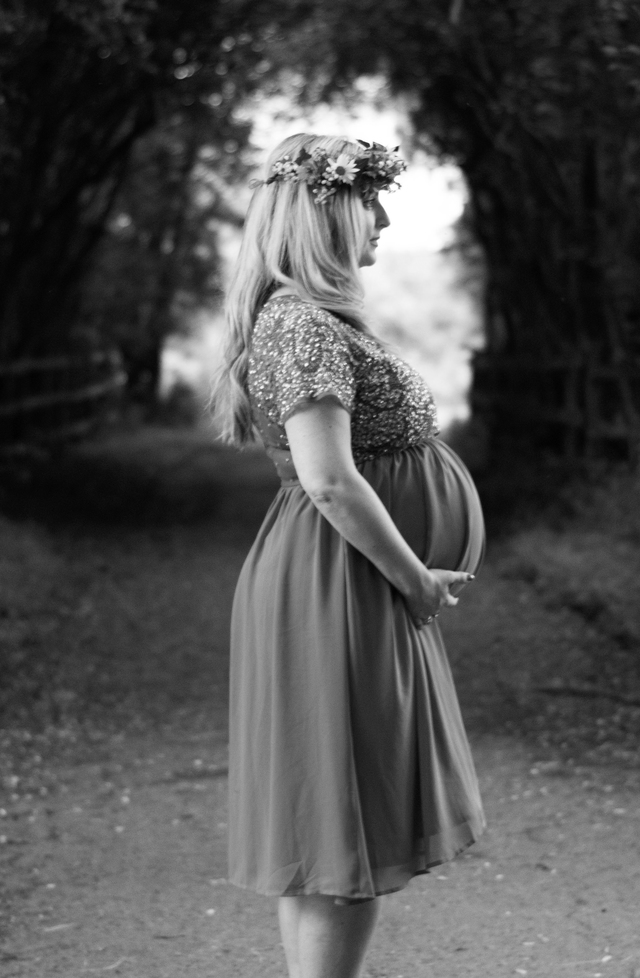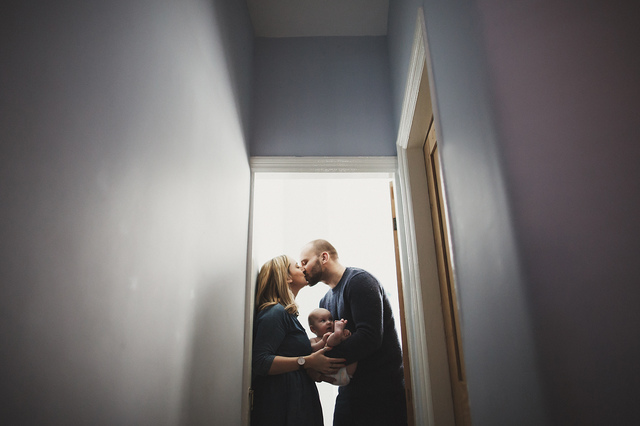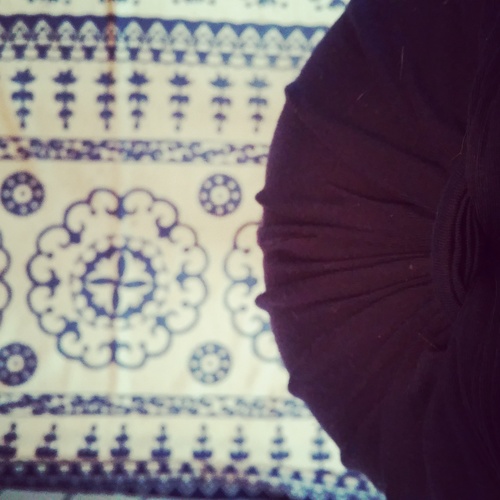What is it really like going into labour?
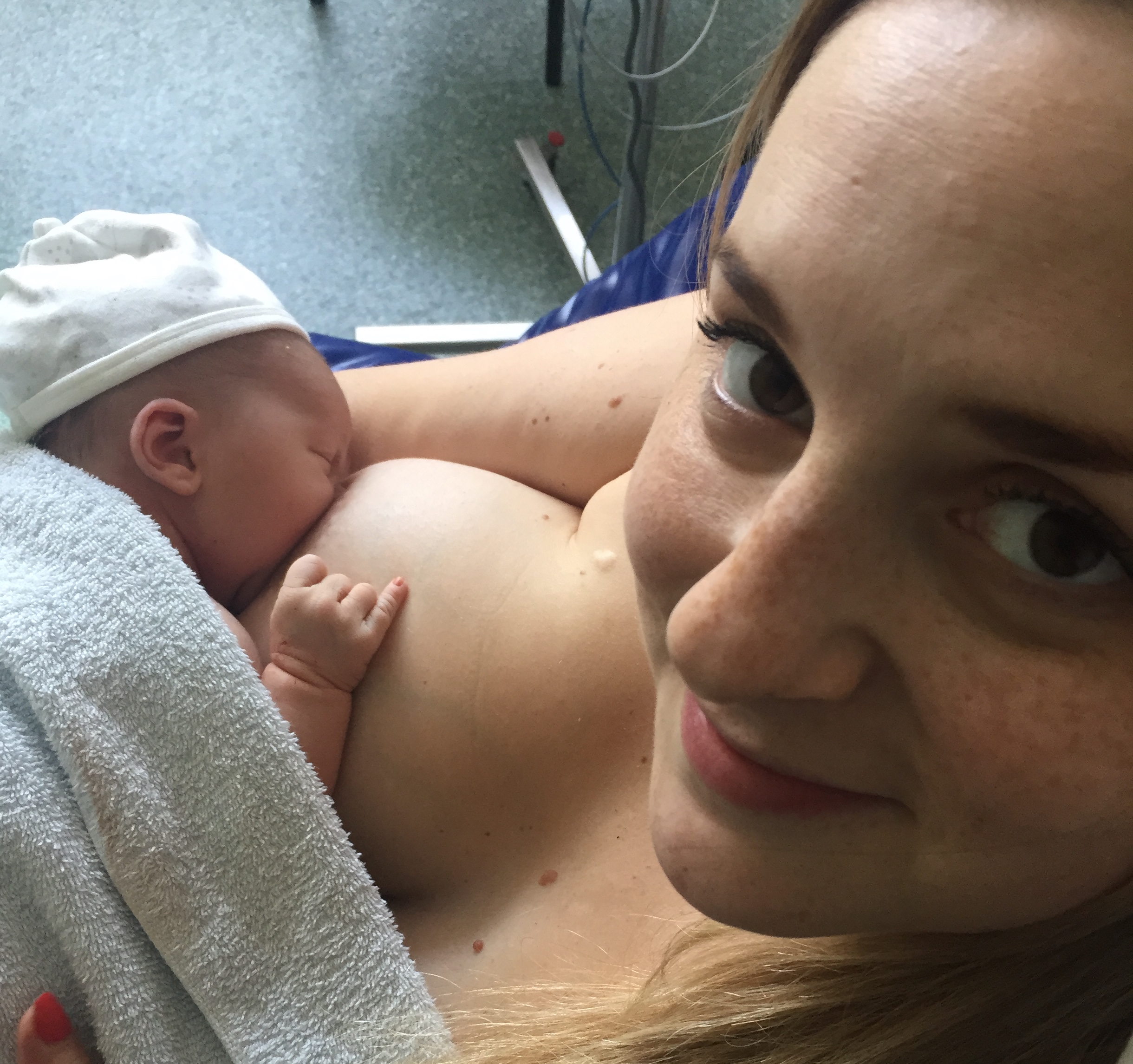
The big question! What is it really like going into labour? Well I’m here to tell you about how it was for me…
Of course it’s different for everyone, but I wanted to write this post because I think most of us women (and men) have a bit of an unrealistic expectation of what it’ll actually be like when you go into labour and our midwives and antenatal classes sort of skim the top…
What is it really like going into labour?
1. It’s not like in the movies.
We’ve all watched the movies…a twinge, an “ooh” and then floods as her water breaks, usually splashing into a big puddle on the floor of the supermarket, before she’s rushed into hospital panting and starts pushing within minutes and 10 minutes later, baby is out.
It may be like this for some lucky ladies, but more often than not, your waters won’t be the first thing that indicates you’re in labour and may not even happen until you’re well into labour and about to give birth. You rarely see a woman shopping in Sainsbury’s one minute and stood in puddles of amniotic fluid the next. Simply because, you usually experience contractions for a looooong time before your waters actually break and if you’re anything like me, they may not even break naturally and you might need a helping hand from the midwife, literally (more on that later).
2. There’s not necessarily “the show”.
So your midwife and all the books will talk about a “bloody show” which is basically when your mucus plug (my husband’s favourite expression ever!) drops out and you get a sort of gunky, bloody mess in your pants or in the toilet (sorry guys, you didn’t think this was going to be glamorous did you?). This can indicate the start of labour. I spent weeks looking for “the show” and not sure if I ever really saw it. I would say when I was nearing labour, there was a but of a thicker discharge for a few days, but nothing that obvious and certainly nothing bloody or plug-like. I felt like I was robbed of this experience (lol) as I didn’t have anything that obvious that indicated the onset of labour for me. No mucus plug, no waters breaking. WTF?!
3. Contractions don’t feel like period pains!
Well they didn’t for me anyway. They are much much harder. I’m not here to freak you out, as you can totally handle them. We’re designed to be able to handle them and the good thing? Our brains don’t remember the feeling of pain anyway, so you’ll forget about it soon enough. But contractions aren’t really comparable to anything you’ve felt before…they are huge waves of feeling (pain). More than cramps and they build and build and get closer together, building in intensity.
For me, a TENS machine really helped with the slow building of intensity and I used it for about the first 6 or 7 hours of my labour before the contractions were stronger and I’d maxed-out the TENS.
A tip: the TENS is most effective if you use it from the first contraction, it gives time for your body to build a resistance and you can then work you way up the TENS settings (1-10) as your contractions build in intensity.

4. Breathing really is important.
It’s so great that hypno-birthing is more of a “thing” now and even in some areas, you get to go to classes free on the NHS. That wasn’t available when I was pregnant in our area, so we either had to pay hundreds of pounds to go to a teacher locally, or buy a DVD for £20. I did the latter and I downloaded a couple of apps, which really helped me relax and focus my breathing in preparation for labour. It gave me the knowledge to control my breathing and is a sort of self-hypnosis. This seriously worked for me and enabled me to labour at home for the first 7 or 8 hours, just using a TENS and breathing through my contractions.
The power of closing your eyes, taking yourself away and truly, deeply breathing is immense! I’m not a yogi, I’m no expert and I’m a bit cynical – and it worked for me! It really made me feel in control of my own body and my midwife reassured me that I’d got so far through my labour, just with breathing, so it was a real boost of confidence when labour got harder.
5. You really won’t care what you’re wearing.
You’ll spend days packing your hospital bag, thinking about your labour outfit, putting your make-up on, doing your hair etc. This is great and more important for some than it is for others. But I tell you what, once you’re in the throws of labour, you really won’t give a f**k! I took my trousers and knickers off after needing the toilet during labour (and if I’m honest, just deciding to wet myself) and realising it was way too much effort to try and get undressed each time and was politely covered in a paper towel thingy, to save my modesty. This lasted all of 3 minutes as it just irritated me and got in the way. So there I was, naked from the waist down, legs akimbo and not even thinking about who was walking in and out of the labour room. At one point, I was even wheeled down the corridor and I’m pretty sure everyone got a very intimate glimpse that they’ll never be able to wipe from their memory (soz!)…but I couldn’t have cared less!
So basically I’m saying, I was in nothing but a bra top for most of my labour and that ended up in the bin as it was covered in blood, sweat and mucus by the end of it. So definitely don’t over pack!
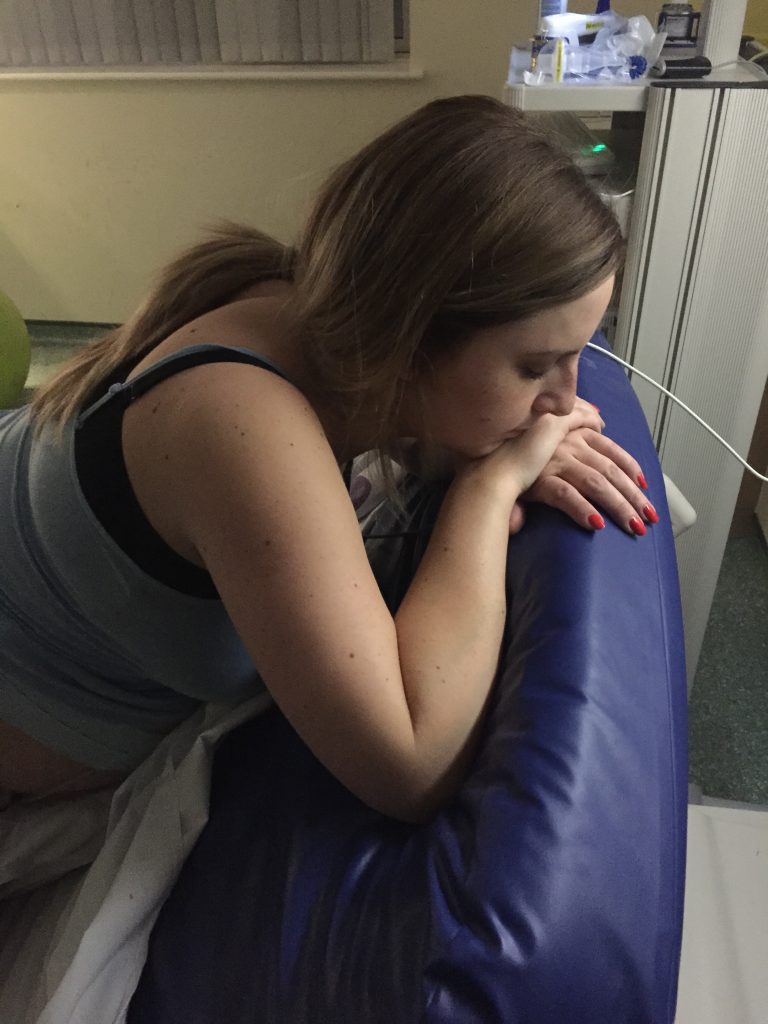
6. There’s no such thing as “a plan”.
Some midwives push the birthing plan more than others. Mine didn’t even bring it up until about week 28. I’m an organised, structured thinker and a control-freak. I like to be prepared and know all the eventualities of what could happen. So I made sure I had as much information as possible and had in mind the ideal way we wanted things to go (birthing centre, hypno-birthing, water, no epidural etc.) but I also knew I had to be realistic and know that you can’t plan labour and birth and you never really know what will happen.
So my advice to you is, have the plan, type it up and print it etc. (we printed about 5 copies and I think our midwife looked at it once for all of 30 seconds) and discuss it with your partner, so you both know your wants and do-nots. BUT, don’t be fixated on it and don’t freak out if it doesn’t go the way you’d hoped. Labour is about feeling confident and in control of the situation and things are a lot easier if you feel this way. If you start to feel like you’re out of control, that’s when it gets harder for everyone. Most labours don’t go quite to plan, but most labours are totally fine and successful.
The plan: I wanted an active water-birth, in a birthing centre with nothing but gas and air. The reality: I wasn’t allowed to be in the birthing centre or in the water, so was GP led in the hospital, strapped-up to monitors and mainly on a bed, I had gas and air, but when my waters didn’t break after 10 hours of labour and had to be broken by the midwife, I had remifentanil and was begging for an epidural. Both ways, I was getting our baby, both ways would have been fine and we were helped and guided through the best options for us at the time.

7. You need your birthing partner much more than you’d think.
And I mean this in the sense that they need to know absolutely everything about what you want and don’t want for your labour. They need to understand your plan (even if it’s not going to plan) and really know what you’re prepared to have and not have in the way of pain-relief. For example, I definitely didn’t want an epidural unless it was absolutely necessary for the health of me and my baby, or of course if a c-section was required for some reason. This was personal to me and I was adamant about it.
But during the intensity of labour and when I was exhausted and in agony, I was begging the midwives for an epidural and in fact, was asking for anything just to get the baby out. But my hubby (my birthing partner) knew that I really didn’t want one and that if there were other ways I could be helped, then that’s what we’d try first. And I’m so glad of it, as he talked me and the midwife through that difficult moment and I didn’t need an epidural at all. And the ironic thing is, when you’re hitting the peak of labour, is when you start to doubt everything or become scared and that’s when you’re moments from pushing! So really, you know you’re nearing the end and you’ve just got to get through it – that’s where your birthing partner really comes into play.
8. Having your waters broke.
If you end up like me and your waters don’t break by themselves, you may need some help and your midwife or GP will break them for you. It really is fine and doesn’t hurt at all (and to be honest, you wouldn’t even know if it did as by that point you’ll be used to some pretty intense contractions!). My advice would be to not look at the implement they use to break the waters. It’s essentially a long thin arm (a bit like a knitting needle) with a tiny hook on the end, that they push up to your cervix and use to gently break the amniotic sac. It really is fine. It’s not comfortable but it’s fine and they’ll do it between your contractions.
Tip: this is where deep-breathing can really help and if you’re not using it already, then ask for gas and air at this point as it makes everything much more manageable! It takes about 15 seconds and you’ll feel a warm flood of liquid and a really strange sensation as the baby’s head begins really bearing down. Generally your contractions will ramp up significantly here, so be prepared – this was the moment I asked for more medical help and started on the remifentanil, as I was about 12 hours into labour, exhausted and needing some help.
8. Pushing isn’t as bad as you think.
To be honest, for me, the contractions were worse and by the time you need to push, you’re ready for it and ready to stop feeling those contractions! So although it certainly does sting, it isn’t as bad as you think and shouldn’t last too long. Again, this is only my opinion and everyone has a different experience of the actual pushing part (there could be ventouse or forceps needed for example). But I think in the lead-up to labour, we all worry about how we actually get THAT out of THAT!? But it does happen and your body is ready for it, so it’s not as mental as you think. It’s the pushing you need to concentrate on and not the actual pain of the head coming out, as that lasts just a few seconds and is total relief once it’s out!
Tip: literally just push down into your bum, as if you’re doing a poo. Take deep breaths and don’t scream or shout at this stage, it doesn’t help. Just sort of hold your breath and push as hard as you can each time, then take a deep breath and do it again. The pushing part doesn’t usually take long!
9. The after-birth.
Again, no-one dwells on this when prepping you for labour. You don’t see it in movies. In fact, every image you see of birth is the baby being out, the mum cradling it and lying back in bed. Well that’s generally true, but you do also have to give birth to your placenta. And yes, give birth, as in push it out like you did the baby. This can take up to half an hour after birth, when you’re just starting to get over it all and then the midwife asks you to push. You can have an injection in your thigh which helps things along (I opted for this) and they essentially tug on your cord and pull the placenta out with one or two pushes. Great!
Good news is: you’ll likely be more distracted by your beautiful bundle of baby joy and you’ll likely still have access to gas and air, so can use this to be merrily light-headed.
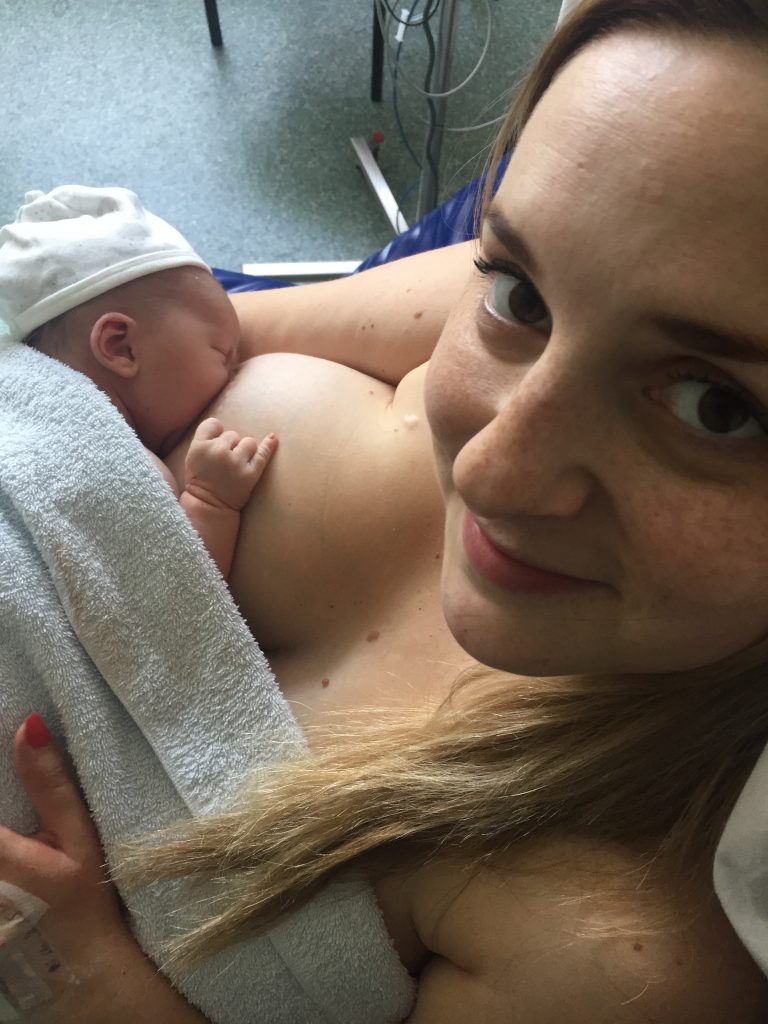
10. Stitches and the recovery.
Again, I can only tell you about my personal experience as everyone will have a different recovery from labour, but lots of women will need stitches “down there” due to tearing when pushing the baby out. I expected this, but I didn’t expect to have some doctor down between my knees with a needle and thread, just as I was starting to think it was all over! Luckily some of the anaesthetic was still in my body and I had gas and air, but I really wasn’t impressed and it really did sting! My stitches were slightly different and were on the outside where the pressure from baby’s head had ripped the skin…nice! So I had 14 stitches, not deep, but on the surface and boy was it sore! In fact it took 14 weeks and multiple trips to the GP to have it cauterised, before it was finally better! Nobody bloody told me about that when I was preggers!
Bleeding – I think this is quite a big one that they only really touched-on in my NCT antenatal classes. I knew I’d bleed after birth, I knew it’d be heavier than a period and I’d have to wear massive woman-nappies (I mean it’s like walking with a hard pillow between your legs!), but I had no idea it could be 6-7 weeks of this! I’d have a couple of days of hardly no bleeding, then it’s like my womb opened and a pint would gush out in one go! I mean literally gush. It was so unnerving and actually was the only time I called the midwife hotline (is it called that?), to check I wasn’t hemorrhaging or something! And I wasn’t, it was “normal”. Lots of my NCT mum friends had finished bleeding after 4 to 5 weeks, but I went on for another couple and it really worried me. But I’m here to tell you it does stop…eventually! And if you’re ever worried, just call the midwife, they’re there to care for you, even after birth! (Looking back I think there were remnants of the placenta left after birth and it was body expelling it…plus, I know from other operations, I’m a bleeder!).
11. It’s boring…for your birthing partner!
I’m throwing this one in for the birthing partners as of course you play a major part in this whole process and in fact, see more of the labour process then us giving birth do. You’re also way more lucid and aware of what’s actually going on. Well, according to my hubby, it’s pretty boring, especially if it goes on for 17 hours like mine did. I think the first few hours are exciting because it’s actually happening, you can stay at home and there’s a few minutes between contractions where you can laugh and joke and tell each other that “this is easier than we thought”. Then getting to hospital takes a bit of time and again it’s something new and exciting and you get to find out that yes, you actually are in labour (as if you didn’t know already FFS?!). Then from thereon, you’re pretty much left to it. You’re left, with your midwife to ride it all out and it could take a looooooong time. Plus, I totally relied on my hubby to be there, count my contractions and keep me focussed, so I DID NOT LET HIM OUT OF MY SIGHT! In fact, he made the immense error of going for a wee at one point and I missed my shot of remifentanil and felt the full force of a late-stage contraction and could have killed him! He knew better than to even leave my bedside after that. But for him, there was no naptime, no playing on his phone, no crosswords…he was fully present, awake and having to go through labour with me and for about 16.5 hours of it, was pretty damn bored! Bless him.
I’m sure there’s loads more I could tell you and if you’d like to know, please ask! I’m happy to share what was a relatively smooth and “normal” birth experience for us. I just think there’s questions that us women want to know and are afraid to ask, or don’t realise and ought to be aware of. For some, ignorance is bliss and I totally dig this concept…but for anyone like me, who thinks knowledge is key, then this might just help you prepare…as much as you can, anyway.
But good luck with your impending labour and birth…you’ll have your own crazy, emotional and wonderful experiences and I’d love you to share them with me one day, when you’re ready to reflect without flinching.




